Archeologists Discover Proof of Brain Surgery 3,500 Years Ago
Brain surgery, also known as neurosurgery, is a delicate and complex procedure that can alleviate certain life-threatening brain conditions.
Curious medical professionals have carried out various medical procedures throughout history that would never be deemed acceptable today. The first documented brain surgery took place on July 27, 1879, when Scottish surgeon William Macewen removed a brain tumor from a teenage patient at the Glasgow Royal Infirmary. However, a recent archeological find reveals that people may have been performing brain surgery as far back as 3,500 years ago.
Researchers Found an Ancient Skull That Had Been Surgically Operated On
Scientists recently unearthed a 3,500-year-old tomb in an area that is now Tel Megiddo, Israel.
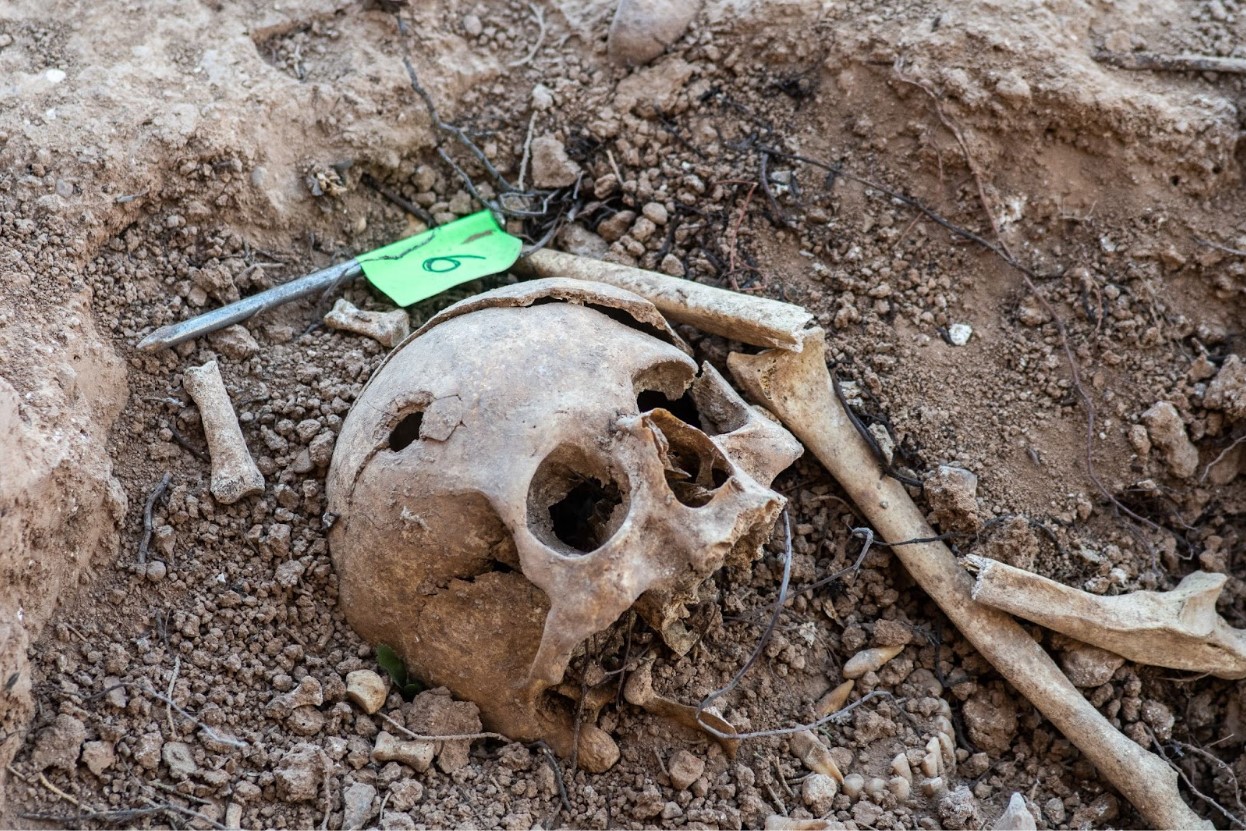
Source: Marcos del Mazo/Getty Images
The tomb contained a skull with a square puncture hole, which indicated something incredible to researchers. The discovery provided clear evidence to scientists that the cranium underwent ancient brain surgery. As of now, few details are known about what prompted the ancient neurological procedure, but scientists are eager to learn as much as they can about the monumental find.
Scientists Have Many Questions About the Ancient Surgery
Researchers have pondered many questions about the ancient remains.
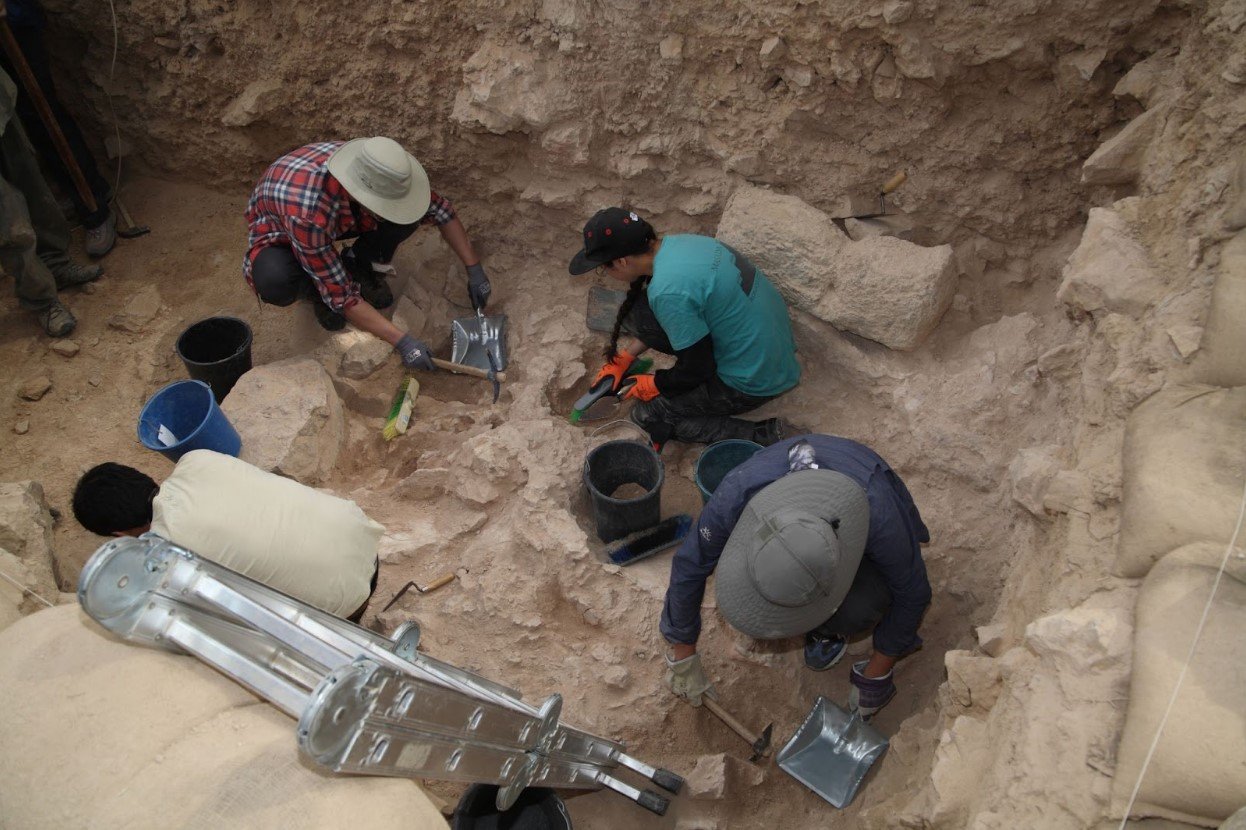
Source: Dan Porges/Getty Images
They are curious about who performed the procedure, why the surgeon felt prepared to perform such a high-level surgery, and if the patient received some form of ancient anesthesia to subdue them during the surgery. Performing brain surgery 3,500 years ago would have been extremely risky, so the patient must have been willing to resort to extremes in order to survive whatever was ailing them.
Various Theories Have Been Floating Around
Bioarcheologist Rachel Kalisher offered a possible theory behind the mysterious ancient remains.
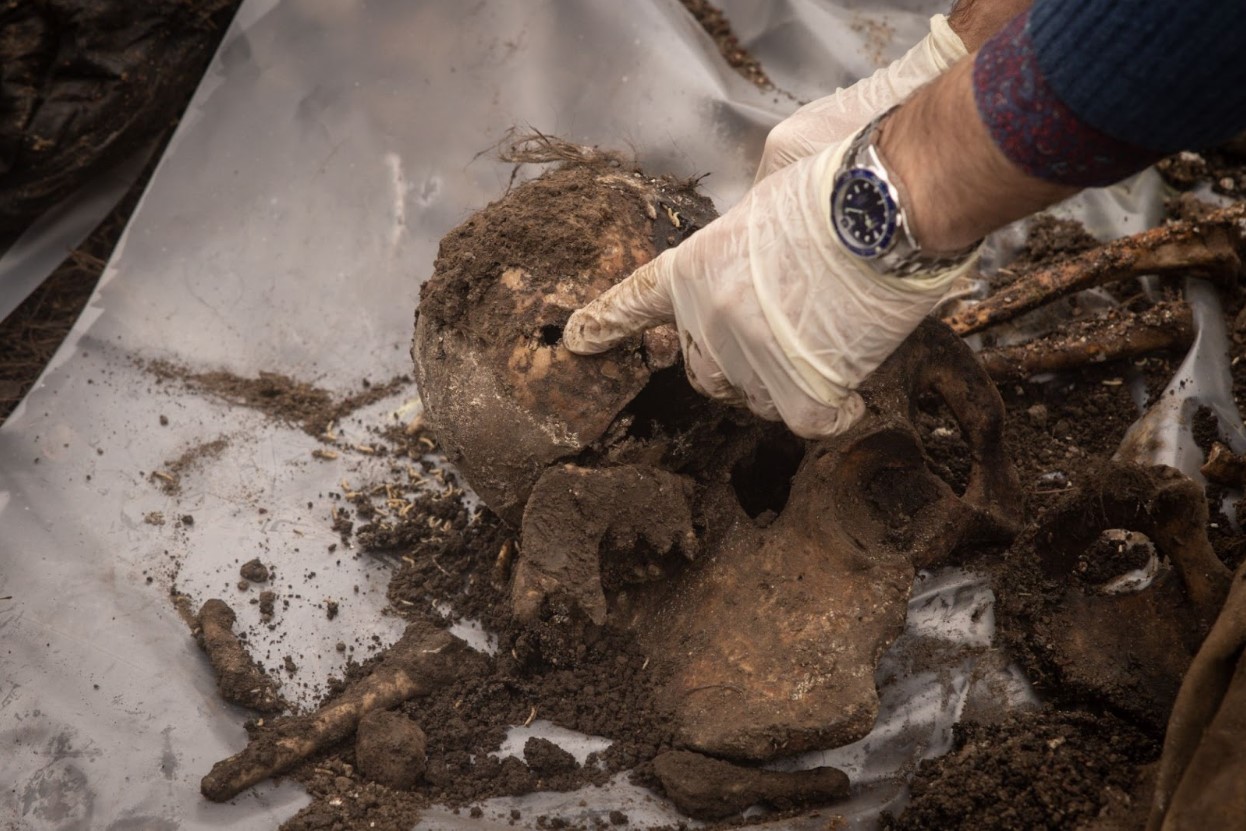
Source: Chris McGrath/Getty Images
She believes that the patient had likely been suffering from a terminal condition and an operation was performed as a last resort. “I can only hypothesize based off of the amount of pathological evidence that is on this individual that this was an intervention because of deteriorating conditions,” she said.
Two Brothers Were Buried in the Ancient Tomb
It was revealed that two brothers from the Bronze Age were found in the tomb together.
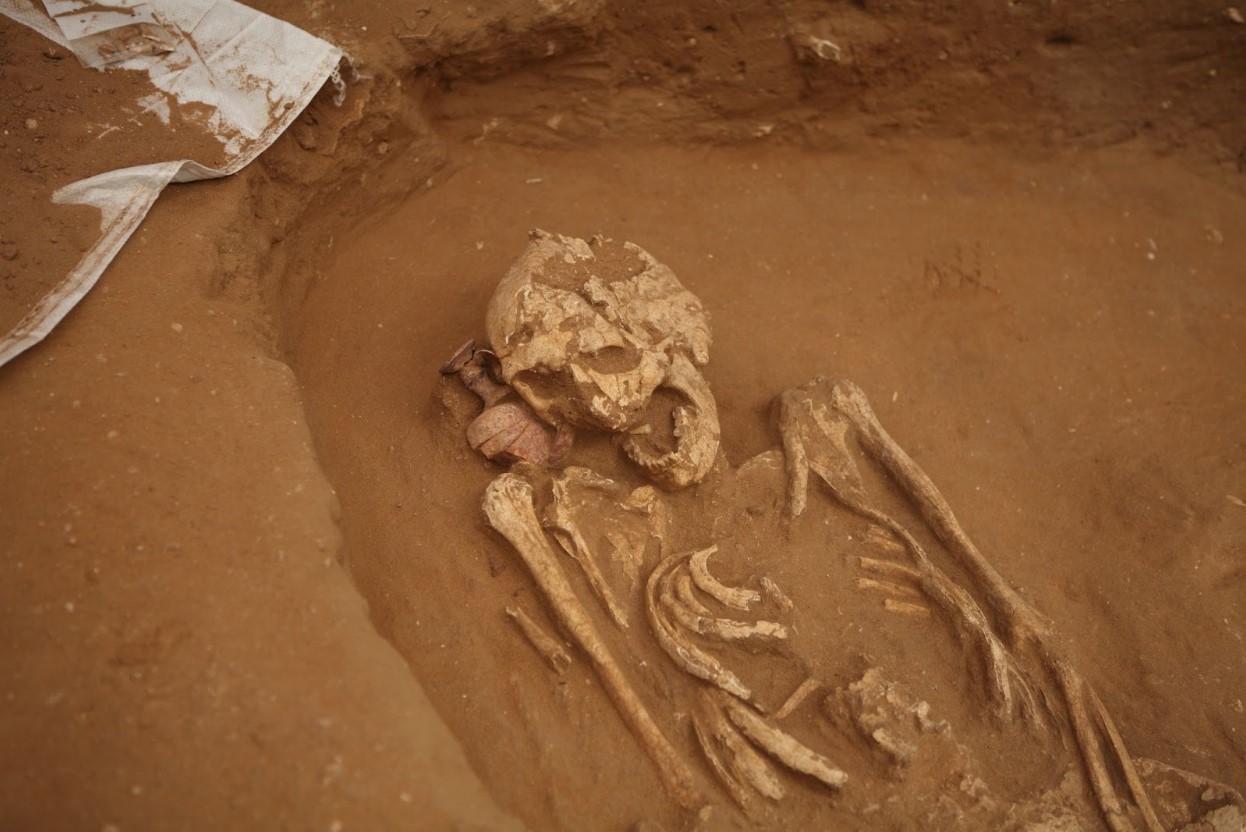
Source: Dan Porges/Getty Images
The siblings were believed to have been alive between 1550 and 1450 B.C.E. and they both displayed signs of “developmental problems and chronic disease.” The study further explained the procedure of drilling or cutting a hole in a human head, known as trepanation. While some surgeries were attempted during ancient times, it’s quite uncommon to see evidence of brain surgery in the Middle East.
Was Brain Surgery an Act of Desperation?
Researchers delved deeper into what may have brought on such intricate medical intervention.

Source: Matthew Horwood/Getty Images
Kalisher thinks that the brothers were of an elite social status and their wealth and prestige may have gotten them better healthcare than others within the community. After one of the brothers succumbed to his condition, the other potentially looked for any way to relieve his head pain. In a desperate attempt to find a cure for health problems, the brother underwent brain surgery.
The Brothers Came From Wealth
DNA proved that the two males were in fact siblings, and they were buried together below the floors of their family home.

Source: Wikimedia Commons
It was common for people from 3,500 years ago to bury the dead underneath the family home, which has proven to be a win for archeologists. Researchers are able to match human remains with ancient artifacts that they used during their lifetime. The brothers were buried inside a home with “upscale architecture” that contained precious metals and fine pottery. These findings showed archeologists that the pair came from a wealthy bloodline.
Scientists Continued to Search for Answers
Scientists performed a detailed analysis of the gravesite and the human remains.

Source: Matt Cardy/Getty Images
They found that one brother perished in his late teens or early twenties and likely died up to three years before the other. The second brother seemingly died from the unsuccessful brain surgery around 21 years of age. Kalisher noted that the siblings being buried together offers further proof of the power of social status during the Bronze Age. Evidence suggests that the brothers were deemed as “valuable” by society despite their crippling conditions.
The Bronze Age Brothers Had Greatly Suffered From Their Deteriorating Health
It was clear that both brothers suffered from an array of health problems and were developmentally stunted.
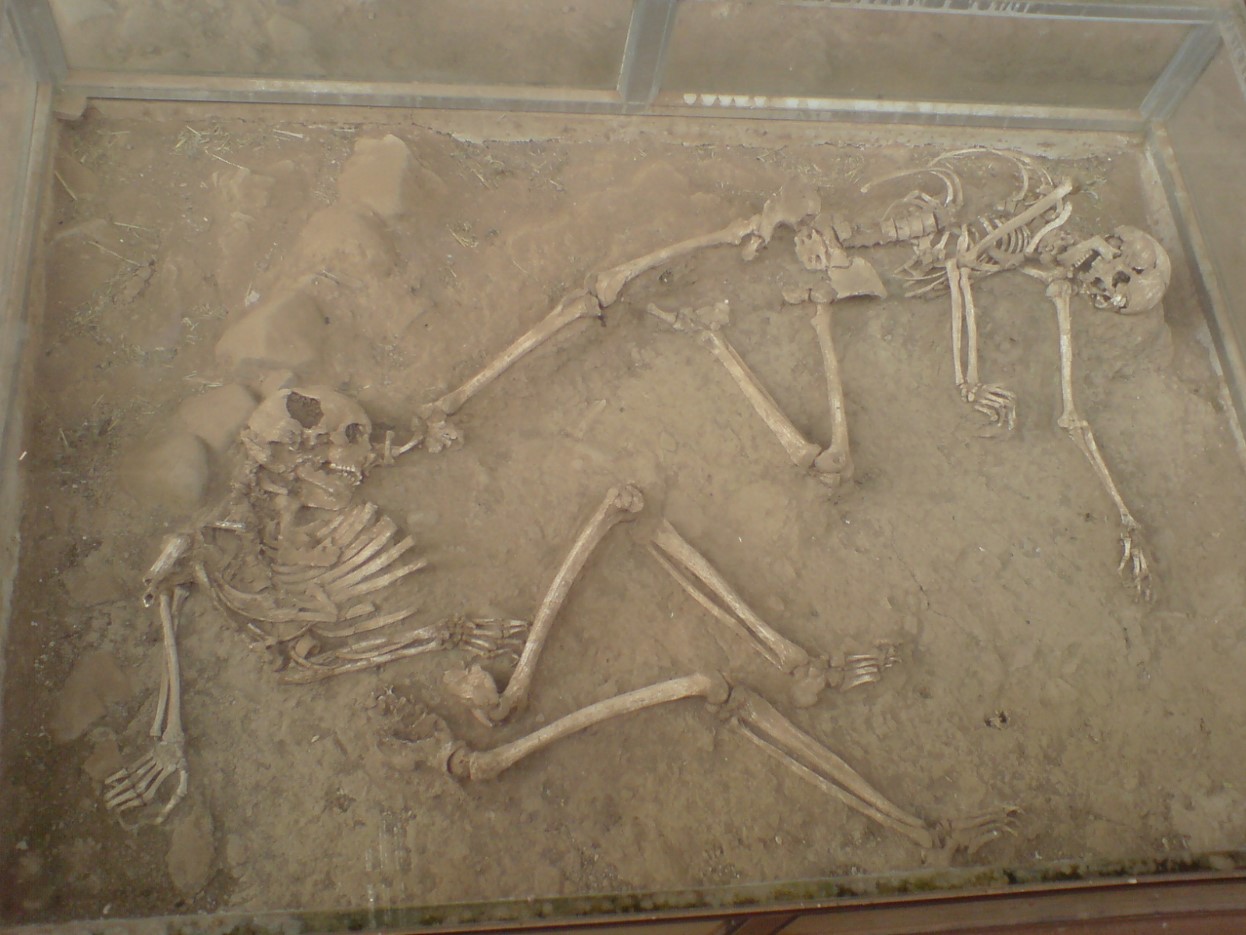
Source: Wikimedia Commons
Their skeletons showed that “skull bones didn’t fuse together normally during infancy” and that teeth never fully grew in. The skeletal remains showed signs of a debilitating disease such as leprosy. According to Kalisher, “socioeconomics” played a major role in the brothers’ ability to survive for as long as they did. “If people have the means to access medical care or a special diet, they might survive longer than individuals who didn’t have those means,” she said.
The Ancient Brain Surgery Was Fatal
The intricacies of the ancient brain surgery sparked intrigue amongst scientists. Cut marks on the cranium reveal that the scalp was first opened up.
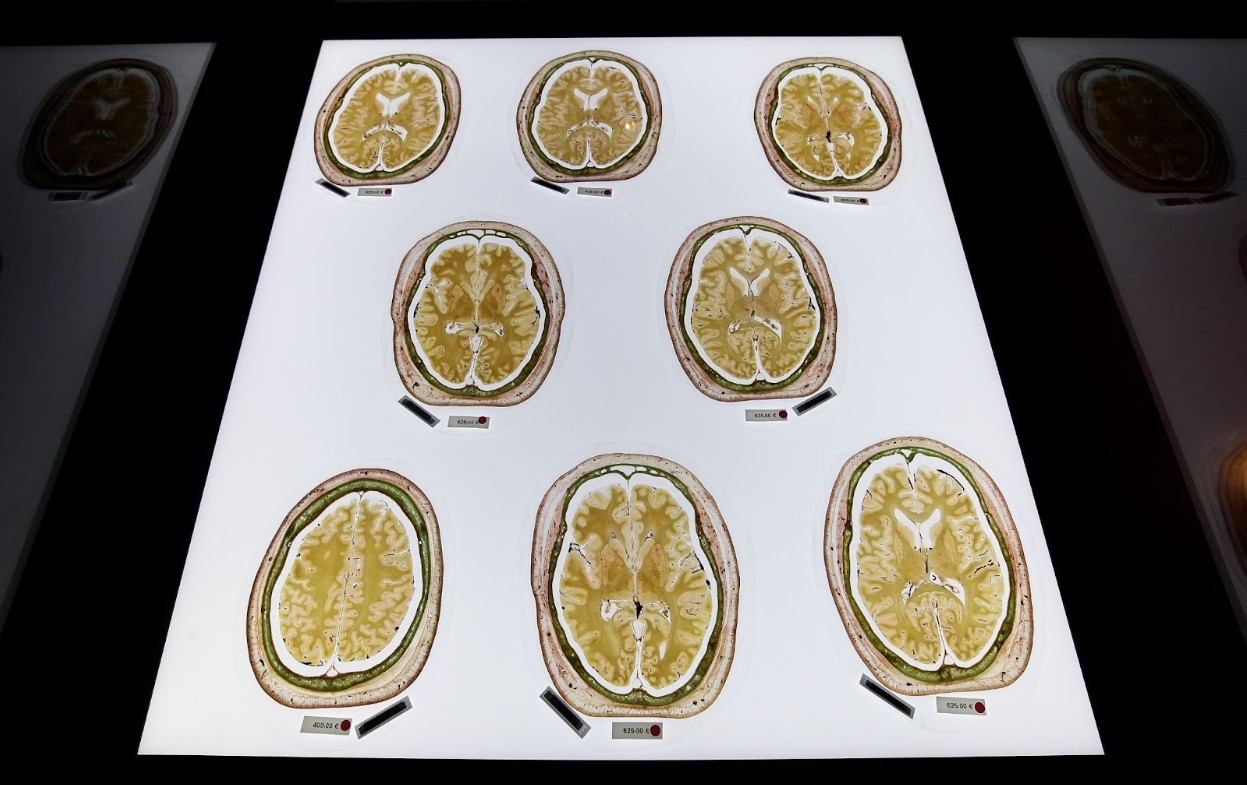
Source: Sean Gallup:Getty Images
Researchers believe that the surgeon removed a 1.2-inch piece of the frontal bone. Kalisher and her team have gathered enough evidence to determine that the ancient patient was alive at the time of the operation. Since the skeleton shows no signs of postoperative bone growth, it’s likely that the patient died during the surgery or soon after.
The Brain Surgery Would Have Been Extremely Challenging
Boston neurosurgeon Emanuela Binello explained how dangerous the operation was given the location of the cut made by the surgeon 3,500 years ago.
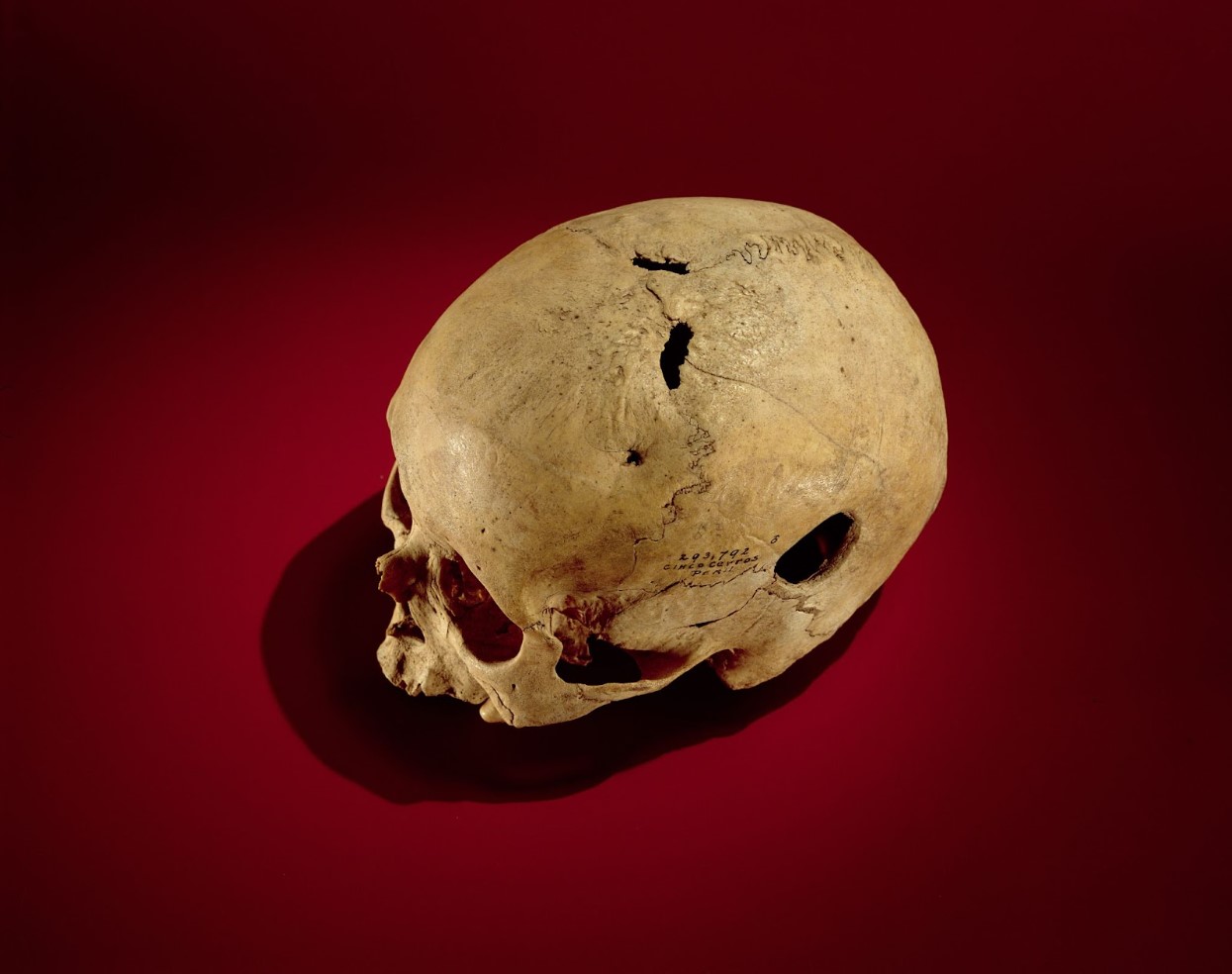
Source: Culture Club/Getty Images
“If you compromise [the superior sagittal sinus], it’ll cause torrential bleeding, or if you press it too much it will cause excessive brain swelling and death,” she said. Binello said that the surgery would be extremely complex even if it were being performed today. “It’s speculation, but I wouldn’t be surprised if they got into it and had bleeding that they couldn’t control,” she suggested.
There Was Simply No Other Option
Binello also believes that the ancient brain surgery was performed as a last resort to save the ailing young man.
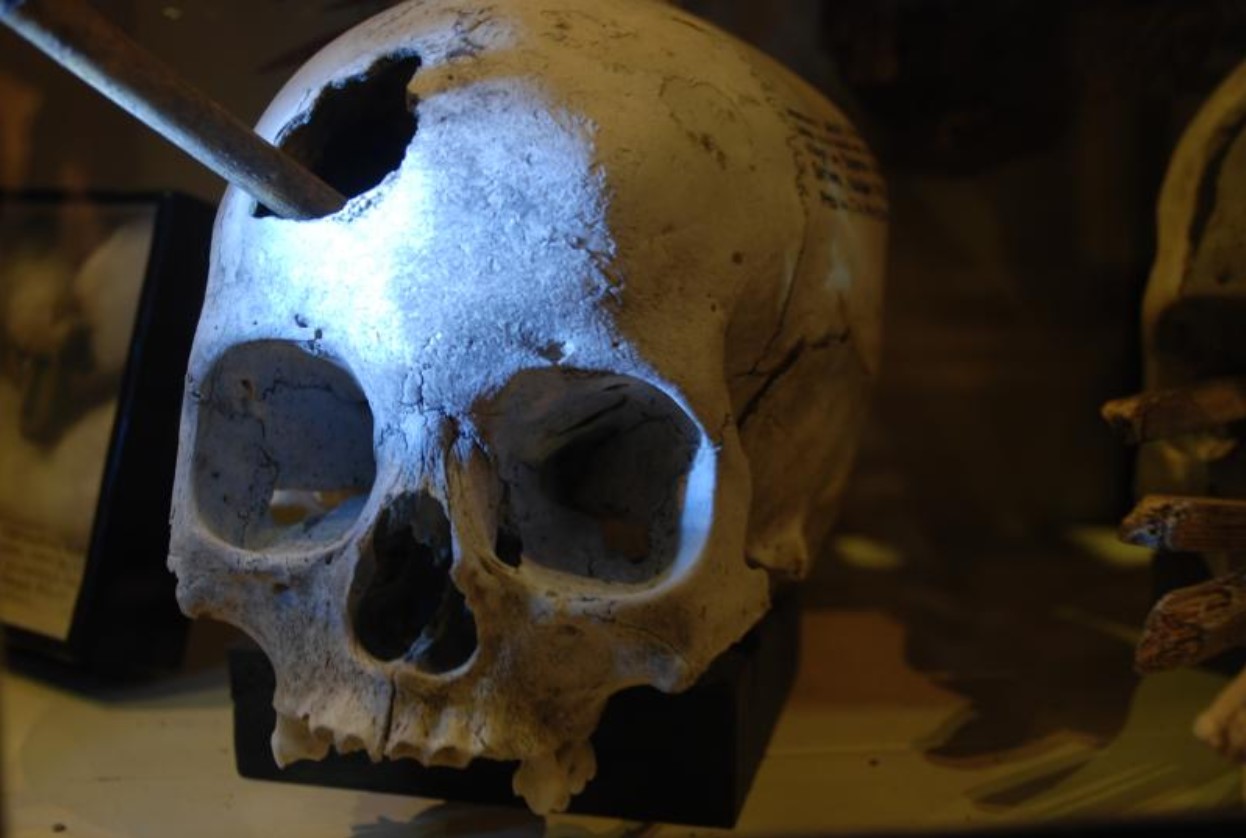
Source: Wikipedia
Given that there was no head trauma to the skull, it’s safe to assume that he had been suffering from a progressive illness. “This individual looks like he was a sick person for a long time with all those bone lesions,” said Binello. “I suspect some of the motivation was the perennial one through time: an attempt to try to alleviate the pain and suffering of our loved ones.”
